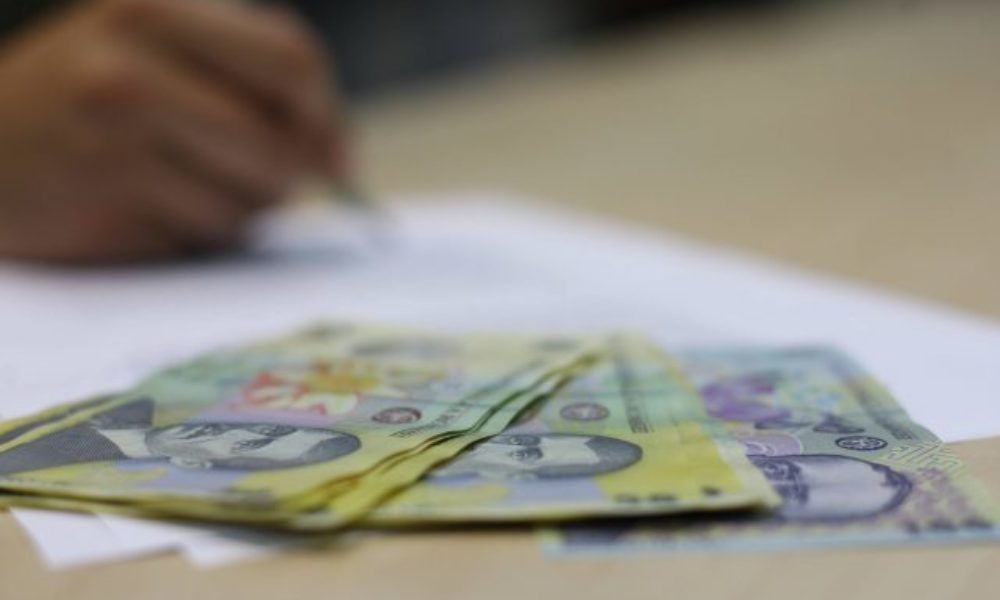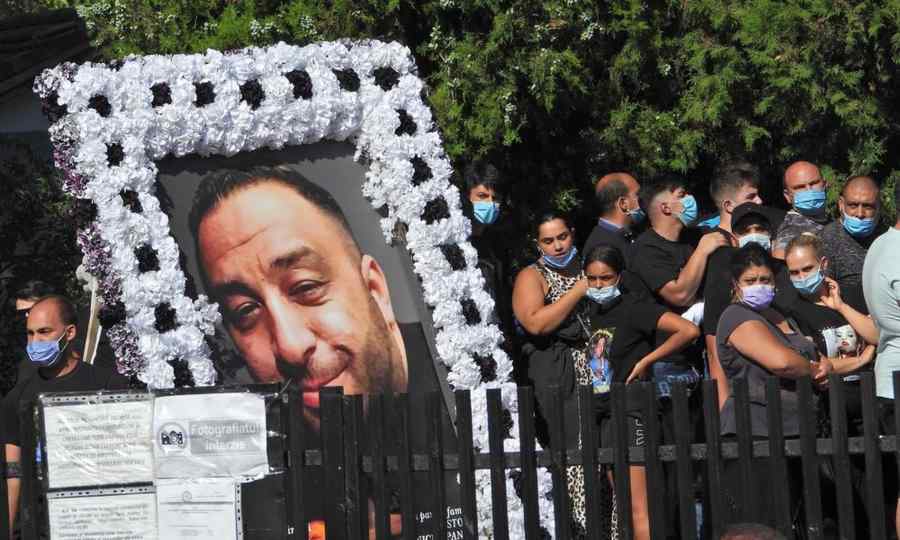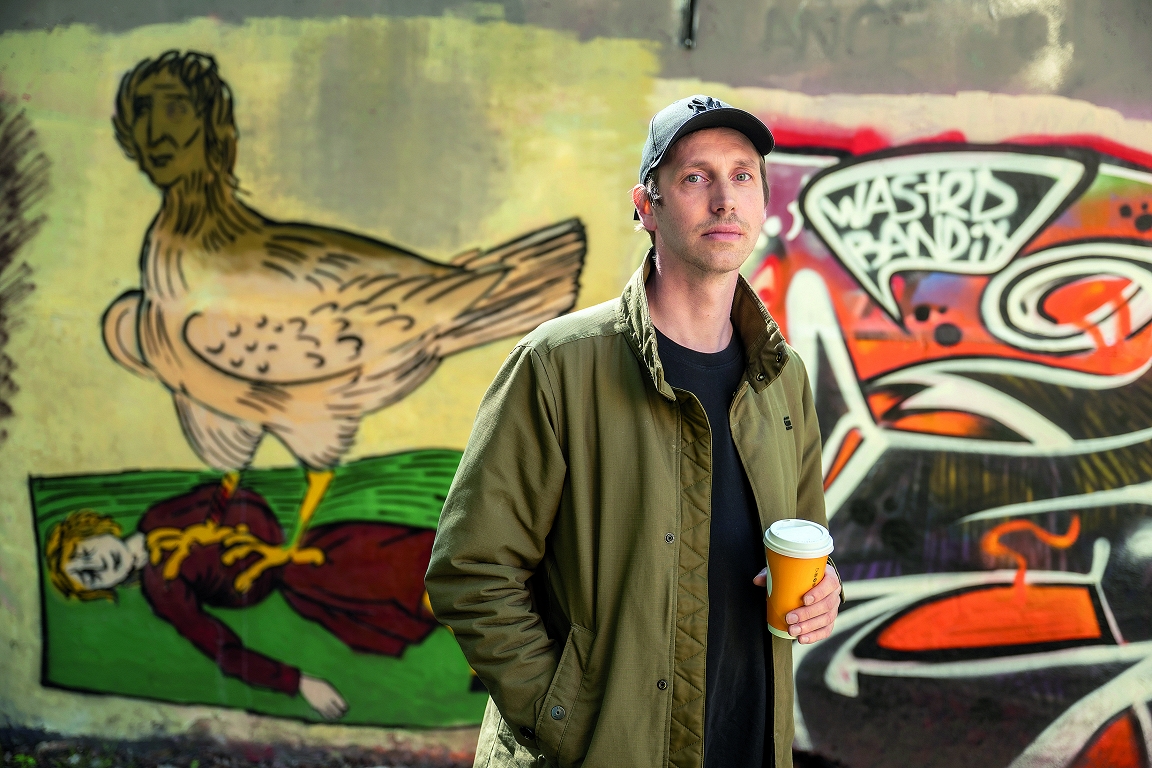Money from the discovery of archaeological goods

Over 61,000 lei were granted by the County Council (CJ) Buzău as a reward for persons who discovered in 2024 archaeological goods.
The amounts collected by the owners of the metal detectors in the previous year were between 150 and 5,300 lei depending on the value and quantity of the objects discovered by chance. Most were found in the radius of some communes such as Găbănu, Pârscov, Podgoria, Verneşti, Tăinteşti, Corţoasa, Beceni, Ulmeni, Merei, Săhăteni, Topliceni or Chiojdu.
« The Buzău County Museum informed about several archaeological discoveries on the territory of Buzău county, by several natural persons authorized according to the Government Ordinance no. 43/2000 regarding the protection of the archaeological heritage and the declaration of archaeological sites as areas of national interest. These are various objects (coins, objects, ceramic fragments, tools, etc.), located in different stages of preservation. The archaeological objects discovered were evaluated by the Buzău County Museum at the total value of 35,980 lei, these being delivered under the law, in the patrimony of the county culture institution. The natural persons who discovered this treasure have the right to request, according to the law, a financial reward representing 30% of the value of the goods, calculated at the time of granting the reward ”, provides a decision of CJ Buzău from March 2024.
Similar decisions were approved in May, for the amount of 16,475 lei, 1,470 lei in July and 7,300 lei in November of the same year.
Among the people who have managed over time to discover very important archaeological objects are Ionuţ Ciprian Chiriac, a former amber seeker who discovered the passion to seek archaeological goods, after the doctor recommended taking as many walks in the middle of nature. Most of his discoveries in the previous year were registered in the area of Nehoiu, Siriu and Gura Teghii.
« Until 2018 I was looking for amber, an inherited passion from my grandfather, in June 2018 I went through a disc herniation, after the operation the doctor recommended me to walk a lot, noting that I am from the mountain area of Buzău county, from Colţi commune. I bought a metal detector in 2021 and started, the area being full of history. Among the most important discoveries are a sewing needle of animal skins for about 4,000 years, found in the Siriu Mountains, used to make clothing in the Bronze Age. I also found a hammer with heel from the Bronze Age, in the forests of Gura Teghii, a bronze knife, a bronze chisel, a spear, a hammer, taught according to the law. It is the history to be kept. I do it for pleasure, for health. Dangers are, in the mountain area, especially bears, but we avoid them. It is not an expensive hobby, it is about the detector's purchase and the authorization procedure. My interest and desire is that through everything we find to contribute to promoting the history of these regions. In the mountain area of Buzau where I carry out my activity, from Nehoiu up, there are very few archaeological sites ”, said, for Agerpres, Ciprian Ionuţ Chiriac, metal seeker.
According to the specialists, the contribution of the enthusiasts who discovered archaeological, epigraphic, numismatic, paleontological or geopolitical goods, found in systematic research, as well as those found by works of any kind, is important for museum collections. At the same time, it is necessary that the discoveries be accompanied by information as accurately as possible when handed over to the authorities, and the places from which it was extracted should not be damaged.
« If this activity is done under the conditions of the law, it can be seen in double perspective by museums. These are those specialists who identify an opportunity to publish pieces of valuables that can bring an addition to the academic, scientific and exhibition, on the other hand, we are talking about another category of specialists who demand the decontextualization of such discoveries, that they are not realized according to the scientific methods and means that we use in the systematic excavations. From an administrative point of view, such pieces fall into the procedure of conservation, restoration and recovery within the museum. There are many such discoveries, monetary treasures, for example, which come without prior training and can block all the activity of the restoration laboratory, especially in the context in which we speak of deadlines in which the museum must establish the value of these objects and grant that reward. Including, we have used the museum such objects from discoveries, they bring a quantitative benefit and museum exposure, but with the reserve that the decontextualization of the treasures, the warehouses affect the information of scientific and historical interest, especially since the museums do not always have the ability to verify the places declared as the places of discovery, even if the Coordinates are specified, Buzău, Daniel Costache.
Metal detectors can be held and used only on the basis of an authorization issued by the police, otherwise the owner is liable to fines of up to 7,500 lei.
« At the level of our unit, 452 metal detectors were authorized. The holding of a metal detector without the authorization issued by the police unit constitutes a contravention, according to art.28 paragraph, letterg of OG4/2000 regarding the protection of the archaeological heritage and the declaration of archaeological sites as areas of national interest, with a fine of 2,500 lei to 7,500 lei and the complementary sanction of the detector. During 2024, no contravention sanctions were applied for this deviation ”, the Buzau County Police Inspectorate said for AGERPRES.
People who accidentally discover archaeological goods are obliged to hand them over 72 hours from the moment they find them to the mayor of the commune in whose radius the discovery was made. Subsequently, the mayor is obliged, in turn, to inform the decentralized public service of the Ministry of Culture in 72 hours and to hand over to the County Directorate for Culture within a maximum of 10 days.
The direction of county culture decides on the institution to which the goods discovered will be transmitted, the assessment of the goods is established by accredited experts, and the author of the discovery has the right to a money reward of 30% of its value, calculated at the time of granting.







